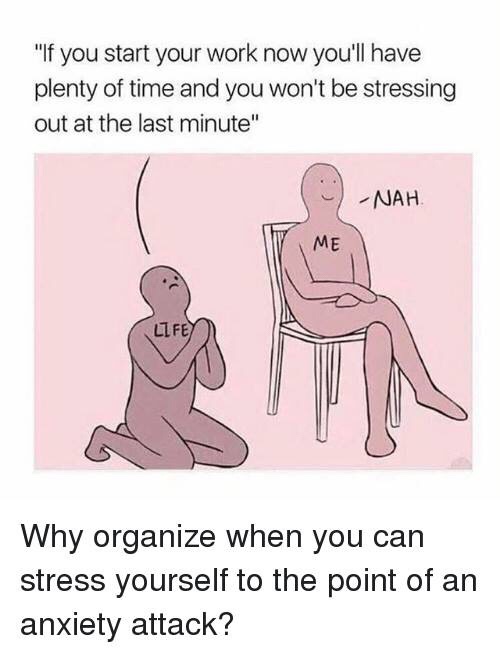I know I need to get around to that Safety stuff one day as it’s gotta be done.
Delaying fixing up some systems of your HSEQ systems or sending people on training can add stress to a busy business, but we all know it needs to be done. But you know what also adds stress? Worksafe or Resources Safety digging through your systems after you’ve had a serious incident or kicking yourself that this delay could be been the factor while one of your team is laid up injured in hospital from something at work.

In David Allen’s book Getting things done, he reminds us that having all of these things in our heads that we know. We need to get to as some stage will add a huge amount of background stress and anxiety u til we can lock them in to an action plan for resolution. It’s not that they all need to get finished to reduce our stress, but that we just need to have them locked in to an action plan that we can rely on is going to make sure we don’t forget.
The biggest barrier he says is often the lack of a clear visible defined Next Action. We know something needs to get done and roughly what it is, but can’t exactly and specifically lock it in to one thing we need to do. This is especially challenging regarding some HSEQ actions for smaller businesses.
HSEQ issues are often founded in seemingly complex systems of legislation that can easily overwhelm a business owner or manager. Also they are often based on more abstract concepts such as providing and maintaining a safe workplace where workers are not exposed to hazards.
By being confused on where to start in finding the information, let alone turning it into a clearly defined and visible physical action only adds to stress and promotes procrastination. That’s where using a trained professional can assist in helping focus you down the right path.
Whether it is just an hour conversation with one of our trained and competent HSEQ advisors and shown where to find the relevant section of legislation or code of practice through to fully operational plug and play solutions, we can help reduce stress and get things moving from when they’ve been stuck.
Drop us a line or give us a call and see if we can help. After all, what will be more stressful? Resolving your issue or tap dancing around it for another year?



